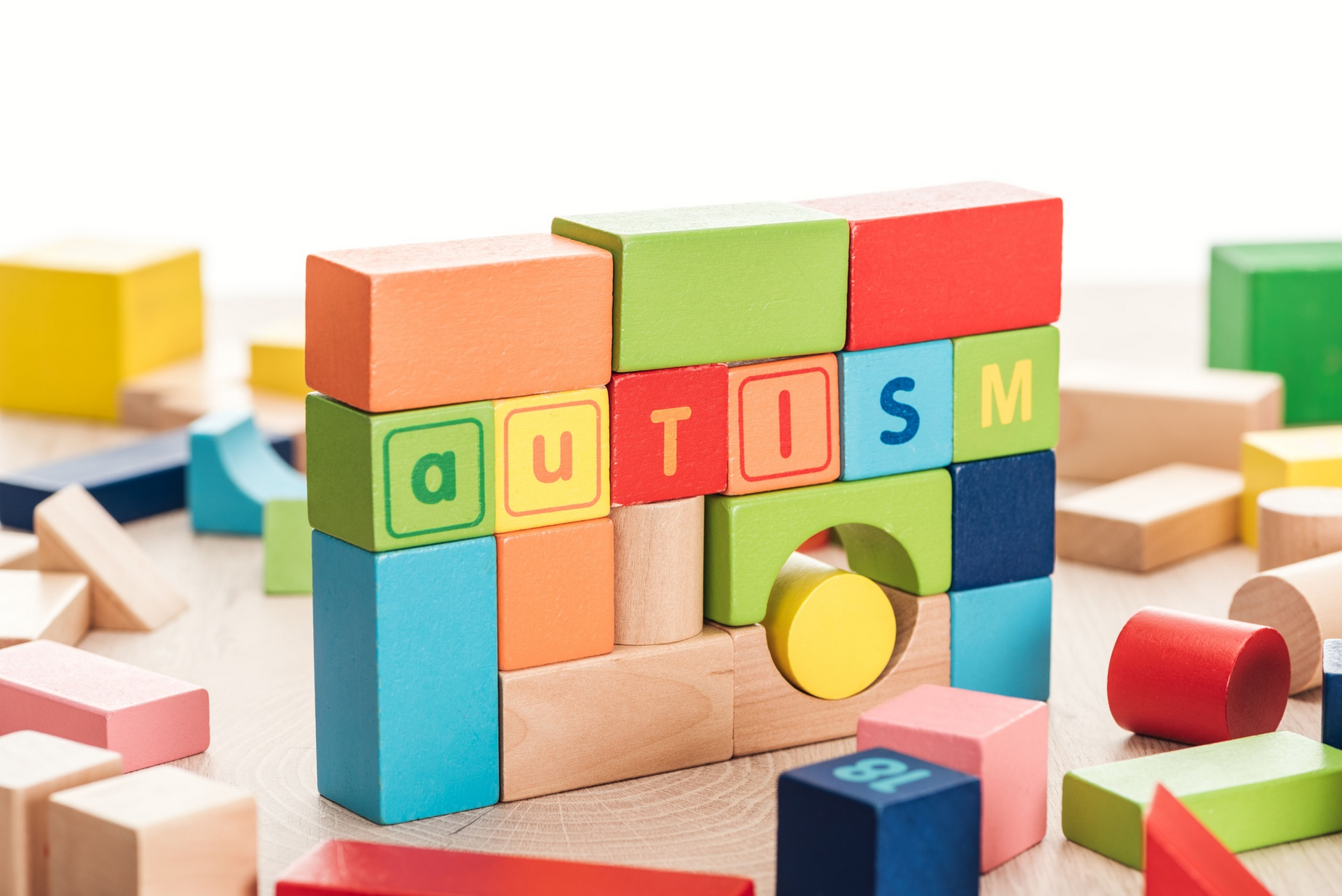Montessori for Children with Autism: A Natural Fit?

When it comes to working with children who have autism, finding an approach that respects their individuality while providing structure and support is essential. Advocates argue that Montessori, with its child-centered methodology and carefully prepared environment, offers unique benefits for children on the autism spectrum. They indicate that Montessori encourages intrinsic motivation and independence. Although the Montessori method has numerous supporters, it has also faced criticism and concerns regarding its effectiveness for children with special needs who may require more structured interventions and support than what a Montessori environment can provide. So, is Montessori really a good fit for children with autism?
What is Montessori?
The Montessori method, created by Dr. Maria Montessori in 1907, is an educational philosophy that focuses on fostering independence, encouraging self-directed learning, and providing hands-on experiences. The Montessori setting is both organized and adaptable, enabling children to progress at their own speed using thoughtfully crafted materials. This approach emphasizes intrinsic motivation, collaborative learning among peers, and the importance of a structured environment [3].
Pros and Cons of Montessori
Pros:
- Individualized Learning: Each child progresses at their own pace, allowing for individualized instruction.
- Hands-On Engagement: Learning materials encourage exploration, sensory development, and active participation.
- Encourages Independence: Montessori fosters self-sufficiency through practical life activities and decision-making opportunities.
- Structured Environment: Predictable routines provide stability while allowing freedom of choice.
- Fosters Intrinsic Motivation: Learning is driven by curiosity and personal interest rather than external rewards.
- Sensory-Friendly Setting: Montessori classrooms are designed with neutral tones and minimal distractions [2].
Cons:
- Lack of Standardization: There is no universal Montessori curriculum, requiring teachers to adapt lessons individually, which can lead to concerns about the preparedness of students for standardized assessments and possible shortcomings in critical subject matter understanding.
- Limited Direct Instruction: Some children, especially those needing explicit guidance, may struggle without structured teaching methods.
- Few External Reinforcements: Montessori discourages external rewards, which can be challenging for children who benefit from structured reinforcement, as used in ABA.
- Preparation for Traditional Education Systems: Critics argue that some Montessori students may struggle to adjust if they transition to a traditional school, especially when it comes to assessments and conformity to more structured school environments.
- Variability in Implementation: Montessori programs differ widely in approach and quality, making consistency difficult across different schools and classrooms.
- Cost and Accessibility: Montessori schools often require significant financial investment, which can make them inaccessible for many families [2].
Key Montessori Benefits for Children with Autism
- Predictable Routines: A structured daily schedule reduces anxiety and provides stability.
- Hands-On Learning: Montessori materials engage children in self-directed, sensory-rich activities that build cognitive and motor skills.
- Encouragement of Independence: Practical life exercises, such as pouring, dressing, and cleaning, help children develop autonomy.
- Visual Supports: Many Montessori lessons use visuals to reinforce learning, an essential strategy for some children with autism.
- Grace and Courtesy Lessons: These help children develop social skills in a natural, structured way.
- Minimal Distractions: Montessori classrooms are designed to be calm and focused, minimizing sensory overload.
Challenges and Considerations
While Montessori can be highly effective for children with autism, some challenges exist:
- Intrinsic vs. Extrinsic Motivation: Montessori discourages external rewards, while ABA often uses reinforcers to shape behavior.
- Repetitive Behaviors: Montessori allows children to engage in activities for as long as they like, but children with autism may perseverate on one task without progressing.
- Limited Social Interaction: Montessori classrooms tend to have mixed-age groups, and while this can be beneficial, it may also limit opportunities for same-age peer interactions.
- Curriculum Flexibility: Since there is no standardized Montessori curriculum, teachers must adapt lessons to meet the unique needs of children with autism, which can lead to deficiencies in fundamental subject knowledge.
- Insufficient Structure: The open-ended format of Montessori may not deliver the necessary structure for children with autism who require clearer direction and can lead to them being overwhelmed.
Montessori and ABA Blended?
While ABA is effective in teaching specific skills, some critics argue that its structured nature can be too rigid for young children. Some indicate that a more naturalistic, child-led approach—such as blending ABA with Montessori—can help create a balanced learning experience that fosters both structure and independence. This emerging trend in treatment of blending Montessori principles with Applied Behavior Analysis (ABA) is gaining increasing popularity.
ABA provides structured reinforcement to help children learn new skills. Montessori classrooms are highly structured, which can provide a predictable routine and clear expectations for children with autism who often thrive in environments with clear guidelines and routines. Advocates contend that by integrating key principles from both Montessori and ABA, educators and therapists can create a well-rounded approach that nurtures independence, communication, and social skills as well as sensory exploration and practical life skills.
Montessori vs. ABA: Can They Really Work Together?
Montessori and ABA therapy share common ground in their focus on individualized learning and skill-building, but they also have differences:
- Child-Centered Learning: Montessori encourages intrinsic motivation and allows children to choose activities based on their interests. ABA uses structured reinforcement to shape behaviors and skills.
- Environment: Montessori classrooms are designed to be sensory-friendly, with neutral tones and minimal distractions. ABA therapy often takes place in highly structured settings but can be adapted to incorporate Montessori elements.
- Independence and Practical Skills: Montessori emphasizes life skills through hands-on activities, fostering autonomy. ABA uses structured teaching techniques to help children acquire and generalize these skills.
- Observation and Peer Learning: In Montessori, children learn by observing peers. ABA also incorporates observational learning but often in a more direct, therapist-led way.
In what situations does the Montessori approach work well for children on the autism spectrum?
When evaluating the appropriateness of a Montessori program for a child with autism, it's important to consider your parenting style and priorities. Some parents may prefer not to push their child to engage in activities they haven't selected themselves, opting instead for a supportive and inviting atmosphere. If this is the case, Montessori could be a fantastic choice [1].
Additionally, the Montessori method may be particularly advantageous for a high-functioning child whose primary area for development is social-emotional skills. If a child learns best in a natural setting, feels overwhelmed in larger classrooms, exhibits flexibility, but appears socially disconnected, being in a mixed-age environment with diverse play opportunities can foster valuable social interactions [1].
When might the Montessori approach not be the best fit for a child with autism?
As a parent, you have the best understanding of your child. When considering the areas where you want to see growth and development, think about whether the Montessori method will challenge or support him or her. While some children on the autism spectrum may thrive in a Montessori setting, there are aspects of this method that could potentially be detrimental. For example, the Montessori approach enables children to select from various activities; however, it’s possible that none of the options will resonate with your child if she or he has restricted interests. This could also lead to perseveration [1].
A significant challenge for many children with autism is their difficulty in learning from the environment. Thus, simply being around peers of different ages and having the freedom to choose activities may not benefit them. These children often need a structured learning program tailored to their specific needs and motivations, along with one-on-one support and a consistent daily routine [1].
Another indication that a Montessori program may not be suitable for your child is if they exhibit rigidity. The Montessori approach accommodates certain rigidities, but it may not provide enough opportunities for children to work through them. Children on the spectrum who are rigid typically need practice and intentional guidance to develop flexibility. There will be moments in their lives when these rigid behaviors are not acceptable, and without the chance to practice coping with unavailable preferences, they may struggle to adapt [1].
If your child tends to get easily overstimulated, Montessori might not be the ideal choice. The expansive and unstructured environment typical of Montessori classrooms can complicate learning and emotional regulation for sensitive children. Those who struggle with large spaces, crowds, or busy settings generally thrive better in smaller classrooms with fewer peers. This type of environment allows them to focus on their learning and gradually adapt to larger, more stimulating social interactions as they improve their self-regulation [1].
Conclusion
When combined thoughtfully with ABA strategies, Montessori can create a holistic, individualized learning experience that supports both academic and life skills development. For example, some schools, like the former Lane Montessori School for Autism in Toronto, have successfully blended ABA techniques with Montessori education. Similarly, schools in Indianapolis and Texas have integrated ABA principles into Montessori environments, demonstrating the potential for a hybrid approach. Despite differences, Montessori and ABA can complement each other, but it isn’t for every child. Whether Montessori is a good fit for your child should be based upon his or her individual needs and personality.
References:
- Barbanel, D. Is a Montessori Early Education Program a Good Option for Children with Autism? Retrieved March 17, 2025 from https://manhattanpsychologygroup.com/MPG-blog/is-a-montessori-early-education-program-a-good-option-for-children-with-autism/
- Hookway, J. (2015). Is Montessori Education Effective for Children With Autism. Special Needs Education. Retrieved from https://brainwave.watch/is-montessori-education-effective-for-children-with-autism/.
- Lillard, P. L. (1972). Montessori: A modern approach. New York : Schocken Books.









